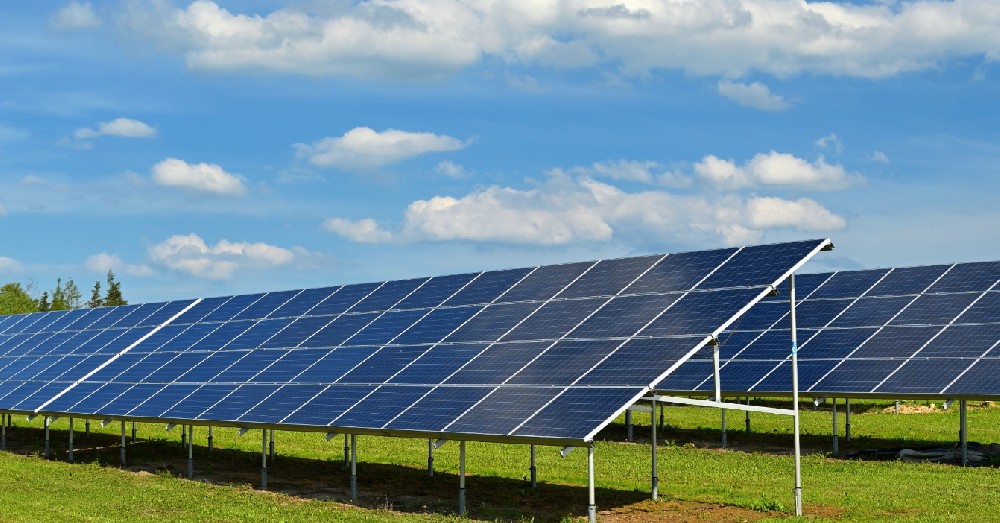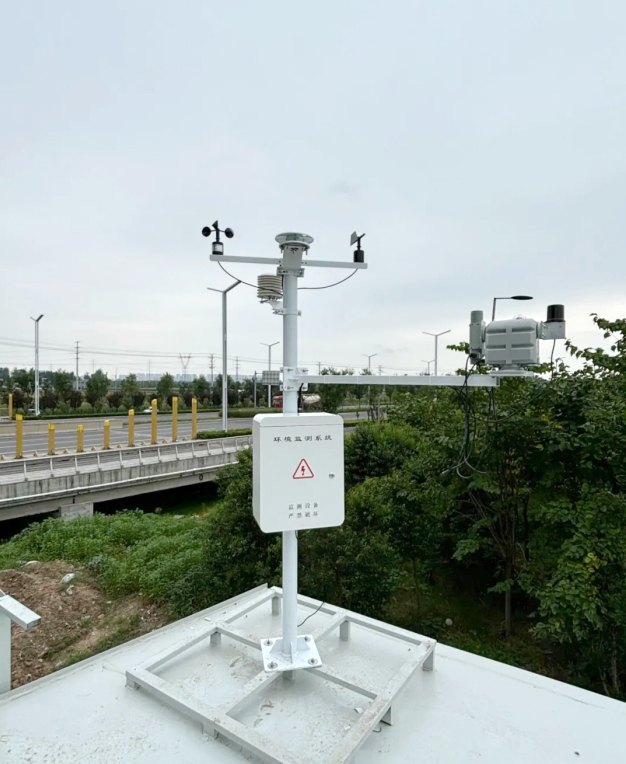

— Blogs —
—Products—
 Consumer hotline +8618073152920
Consumer hotline +8618073152920 WhatsApp:+8615367865107
Address:Room 102, District D, Houhu Industrial Park, Yuelu District, Changsha City, Hunan Province, China
Product knowledge
Time:2025-04-09 11:33:33 Popularity:37
In the context of the ongoing global energy transition, photovoltaic (PV) power stations are gradually becoming a mainstay of clean energy solutions. To ensure the efficient, safe, and stable operation of photovoltaic systems, precise monitoring of environmental conditions is essential. The photovoltaic power station meteorological station, as the data hub of the solar power generation system, is playing an increasingly important role in helping users achieve comprehensive monitoring of meteorological variables and providing reliable support for power plant operation and maintenance (O&M).

The photovoltaic power station meteorological station integrates a variety of high-performance sensor modules, enabling real-time collection of key meteorological data, including:
- Solar Radiation Parameters: Total solar radiation, inclined plane radiation, direct radiation, diffuse radiation, and sunshine hours.
- Meteorological Environment Parameters: Wind speed, wind direction, air temperature, relative humidity, atmospheric pressure.
- Geographical Information: Latitude, longitude, altitude, used for system location calibration and geographic data comparison.
These data are crucial for assessing the conversion efficiency of photovoltaic modules, predicting power generation, and formulating O&M strategies. By accurately mastering solar resource and meteorological changes, plant operators can better evaluate power generation performance and improve system responsiveness.

The meteorological station is equipped with a built-in 4G wireless communication module, enabling the automatic uploading of all collected data to the cloud platform or mobile app for remote management and status visualization. Users can monitor the real-time operation status of the power station, including solar radiation conditions, wind changes, and equipment working status, without needing to be on-site, greatly improving management efficiency and response speed.
The cloud platform typically supports the following features:
- Real-time data charts and historical curves.
- Trend analysis and report export.
- Abnormal alarm notifications (e.g., excessive wind speed, abnormal radiation).
- Multi-site centralized management function, suitable for large or distributed PV projects.
The meteorological station adopts an innovative dual-pole structure design, with the distance between the two poles carefully calculated to minimize interference from magnetic, electrical, and wind disturbances, ensuring data independence and accuracy from the source.
Additionally, the entire system is mounted on high-strength brackets made of corrosion-resistant, high-temperature-resistant, and wind-resistant materials, making it adaptable to extreme weather conditions and ensuring long-term stable operation in outdoor environments. Whether in coastal, desert, plateau, or mountainous regions, the system can maintain stable performance, extend service life, and reduce maintenance frequency and costs.
The photovoltaic power station meteorological station is equipped with a high-precision solar tracking module. By combining sensors with GPS algorithms, it dynamically adjusts the sensor orientation based on the solar trajectory to ensure it always captures the maximum radiation angle. This not only improves the accuracy of solar radiation data but also serves as an auxiliary reference for photovoltaic panel tracking systems, further enhancing overall power generation efficiency.
The solar tracking function is especially useful in photovoltaic monitoring scenarios where solar resource requirements are high, such as resource assessment, microgrid design, or precision O&M in high-altitude areas.

The photovoltaic meteorological station utilizes solar power and is equipped with a wide-temperature, maintenance-free battery, ensuring stable operation around the clock even in remote areas without access to the grid. The power supply system has the following characteristics:
- Completely independent of the grid, suitable for outdoor or remote locations.
- The battery operates over a wide temperature range, making it adaptable to harsh environments.
- Low-power system design extends battery life.
- Supports several consecutive days of cloudy and rainy weather, ensuring the system remains powered.
This autonomous operation capability allows the meteorological station to be deployed in areas with complex terrain or limited network coverage, providing solutions for more practical application scenarios.

The photovoltaic meteorological station is not only applicable for internal O&M of photovoltaic power plants but is also widely used in the following fields:
| Application Field | Main Role |
| Resource Assessment and Site Selection | Provides solar and meteorological data to assess power generation potential. |
| Centralized PV Power Plants | Monitors environmental data in real-time to assist plant operation decisions. |
| Distributed Photovoltaic Systems | Remote monitoring of individual system operation to enhance maintenance efficiency. |
| Research and Educational Institutions | Long-term meteorological data for teaching and research purposes. |
| Solar-Storage Integrated Systems | Provides weather forecasts to optimize energy storage scheduling strategies. |

The photovoltaic power station meteorological station, with its powerful data collection capabilities, stable and reliable structural design, and intelligent communication technology, is becoming an essential part of intelligent photovoltaic systems. It enhances the visualization, controllability, and responsiveness of photovoltaic projects, while providing precise data support that helps users reduce O&M costs, extend equipment lifespan, and improve overall power generation revenue.
As the world moves towards green energy, the photovoltaic meteorological station is not just a technological device but a key component in achieving intelligent energy management and low-carbon operations.
NBL-W-SRS-Solar-radiation-sensor-instruction-manual-V4.0.pdf
NBL-W-HPRS-Solar-Radiation-Sensor-Instruction-Manual-V3.0.pdf
Related recommendations
Sensors & Weather Stations Catalog
Agriculture Sensors and Weather Stations Catalog-NiuBoL.pdf
Weather Stations Catalog-NiuBoL.pdf
Related products
 Combined air temperature and relative humidity sensor
Combined air temperature and relative humidity sensor Soil Moisture Temperature sensor for irrigation
Soil Moisture Temperature sensor for irrigation Soil pH sensor RS485 soil Testing instrument soil ph meter for agriculture
Soil pH sensor RS485 soil Testing instrument soil ph meter for agriculture Wind Speed sensor Output Modbus/RS485/Analog/0-5V/4-20mA
Wind Speed sensor Output Modbus/RS485/Analog/0-5V/4-20mA Tipping bucket rain gauge for weather monitoring auto rainfall sensor RS485/Outdoor/stainless steel
Tipping bucket rain gauge for weather monitoring auto rainfall sensor RS485/Outdoor/stainless steel Pyranometer Solar Radiation Sensor 4-20mA/RS485
Pyranometer Solar Radiation Sensor 4-20mA/RS485
Screenshot, WhatsApp to identify the QR code
WhatsApp number:+8615367865107
(Click on WhatsApp to copy and add friends)